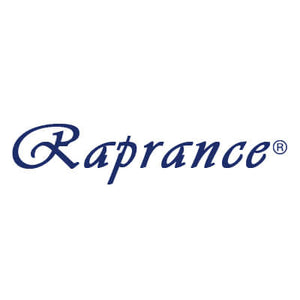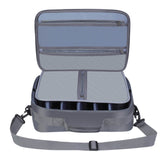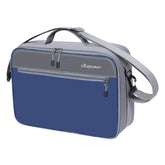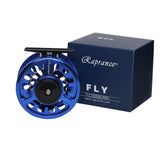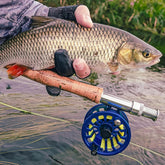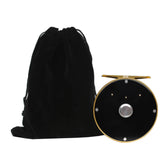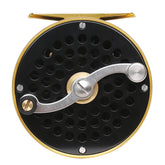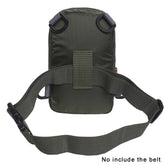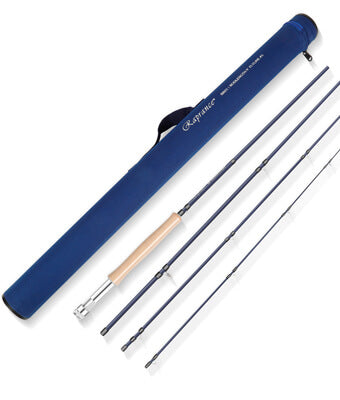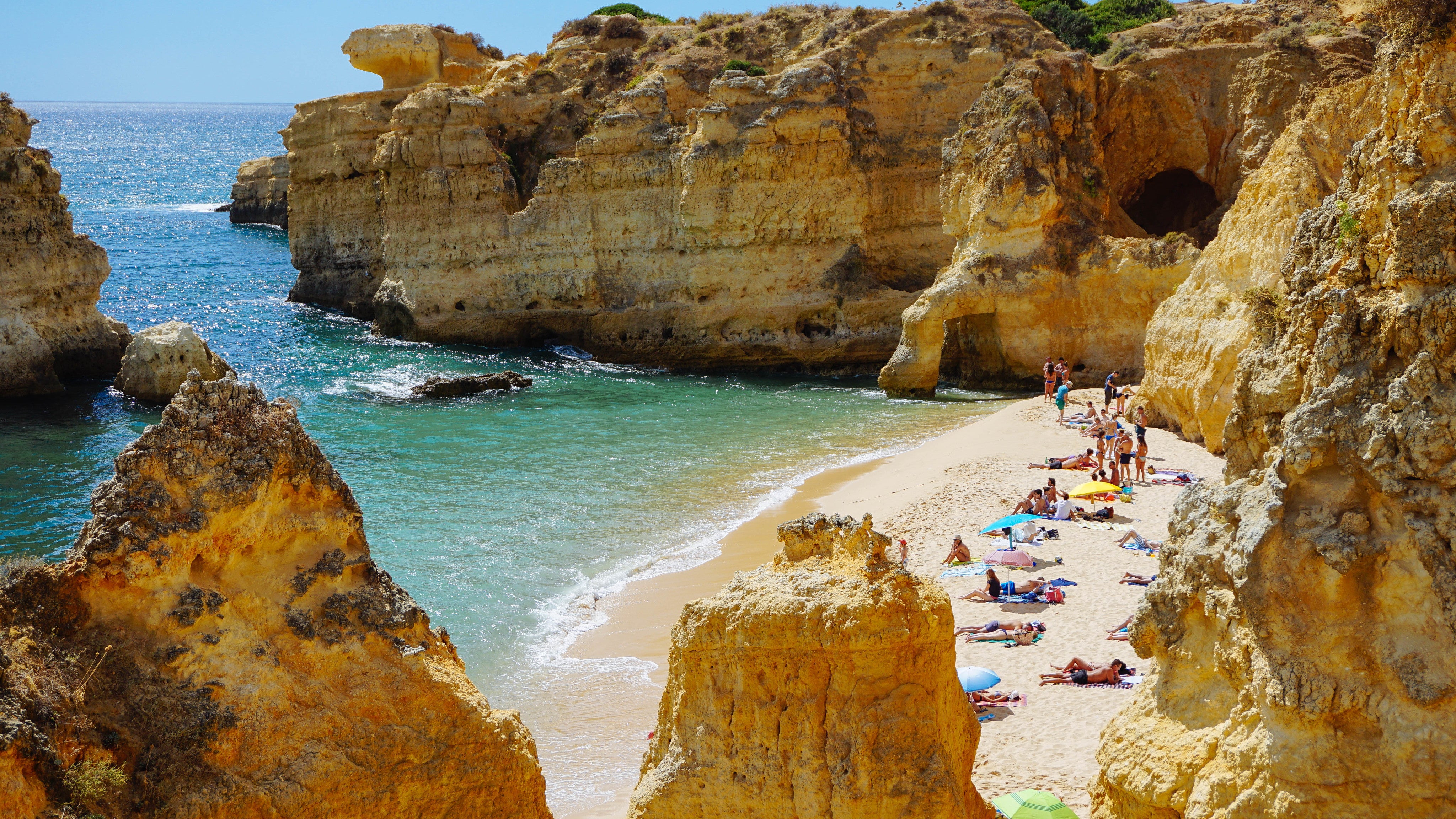Flies: A Guide to the Best Nymphs for Salmon, Steelhead, and Winter Fishing
When it comes to fly fishing, understanding the best nymphs for various species can significantly enhance your success on the water. The right nymphs can attract salmon, steelhead, and even saltwater fish, making them essential for any angler's tackle box. Selecting nymphs tailored for specific conditions, such as winter fishing, can also improve your catch rate.

In my experience, nymphs that mimic local food sources are often the most effective. For salmon, I find that patterns resembling shrimp or small minnows work well, while steelhead seem to favor darker, more subdued colors. Selecting the appropriate nymph based on the species will help streamline your efforts and increase your chances of landing a great catch.
Saltwater scenarios offer a different challenge, but choosing the right nymphs can still yield remarkable results. Winter fishing requires similar consideration; patterns that work in colder waters can mean the difference between a quiet day and a successful outing. With the right information, you can make informed choices that enhance your fishing experience.
Essential Insights on Nymph Fishing

Nymph fishing requires a solid understanding of techniques and the right selection of flies tailored to specific water conditions. I will highlight key strategies for effective nymphing, focusing on both the approach and the specific nymphs best suited for various scenarios.
Nymphing Techniques and Fly Line Considerations
When nymphing, I often use a combination of techniques such as drifts, high-sticking, and indicator fishing. The choice of fly line plays a crucial role in my success.
Fly Line Types:
- Floating Line: Best for shallow waters and surface indicator setups.
- Sink Tip Line: Ideal for deeper riffles where nymphs are present.
The correct line helps maintain the proper depth and allows the nymphs to drift naturally. I also pay attention to the specific weight of the nymphs, which can affect how they sink. Adjusting the leader length and using appropriate weights can significantly improve my ability to present flies effectively.
Selecting Nymphs for Different Water Bodies and Species
Choosing the right nymphs requires knowledge of local aquatic life and the species I target. For example, in faster riffles, I prefer weighted nymphs like Prince Nymphs or Hare’s Ear.
Nymph Recommendations:
- For Salmon: Focus on larger patterns and bright colors.
- For Steelhead: Use dark and natural tones to imitate local baitfish.
Saltwater nymphs should be heavier and typically larger to match the prey in coastal areas. During winter months, I select slower, more subtle patterns to mimic hibernating insects. This tailored approach increases my chances of a successful catch across different environments.
Nymph Selection for Salmon and Steelhead

When targeting salmon and steelhead, choosing the right nymphs is crucial for effective fishing. Specific patterns and colors can significantly influence your success on the water. Here’s a focused look at the best options for each species.
Optimal Nymphs for Atlantic Salmon
For Atlantic salmon, I find that mayfly nymphs are among the top choices. Their natural look and movement mimic the salmon's preferred food sources.
Key patterns to include in my fly box are:
- Black and Blue Nymphs: Effective in murky waters.
- Purple Nymphs: Attract attention and are particularly effective in the low light conditions often found in early morning or late afternoon.
Fishing deeper pools and runs where these nymphs can drift naturally increases the likelihood of a successful catch.
Prime Nymphs for Great Lakes Steelhead
In the Great Lakes, steelhead are often selective about their prey. I rely on mayfly and stonefly nymphs to entice these fish during different seasons.
Top patterns include:
- Dark Stonefly Nymphs (Black): Great for colder months.
- Light Mayfly Nymphs: Their delicate appearance works well in clear water.
I pay attention to water flow and adjust my nymph weight accordingly to achieve the best drift. Nymph selection is vital for a rewarding steelhead experience.
Specialized Nymphs for Seasonal and Saltwater Fishing
Different fishing seasons and saltwater environments require distinct nymph patterns to maximize success. I find that utilizing specific nymphs tailored for winter and saltwater conditions is critical to enhance strike rates.
Top Nymphs for Winter Fishing Expeditions
During winter, fish tend to be less active and require subdued patterns. My go-to nymphs often include Midge larvae and small, dark scuds, as these imitate the natural food sources available in cold waters.
When targeting steelhead in chilly conditions, I favor egg patterns resembling salmon roe. Moreover, various leech imitations can be incredibly effective, as they provide a protein-rich meal that steelhead actively seek during colder months. Paying attention to water temperature and depth ensures I choose the right nymph size and weight.
Effective Nymphs for Saltwater Fly Fishing
In saltwater environments, I turn to nymphs that can mimic the abundant food sources found in those ecosystems. Shrimp patterns are a staple, as they attract a wide variety of species. Crustacean imitations also perform well, especially in habitats rich in marine life.
I also find that weighted nymphs can be useful for reaching deeper waters where fish hide. Specifically, I recommend flashy patterns that mimic the movement of small baitfish. Whether on a guided trip or exploring on my own, these nymphs consistently produce results in saltwater scenarios.
